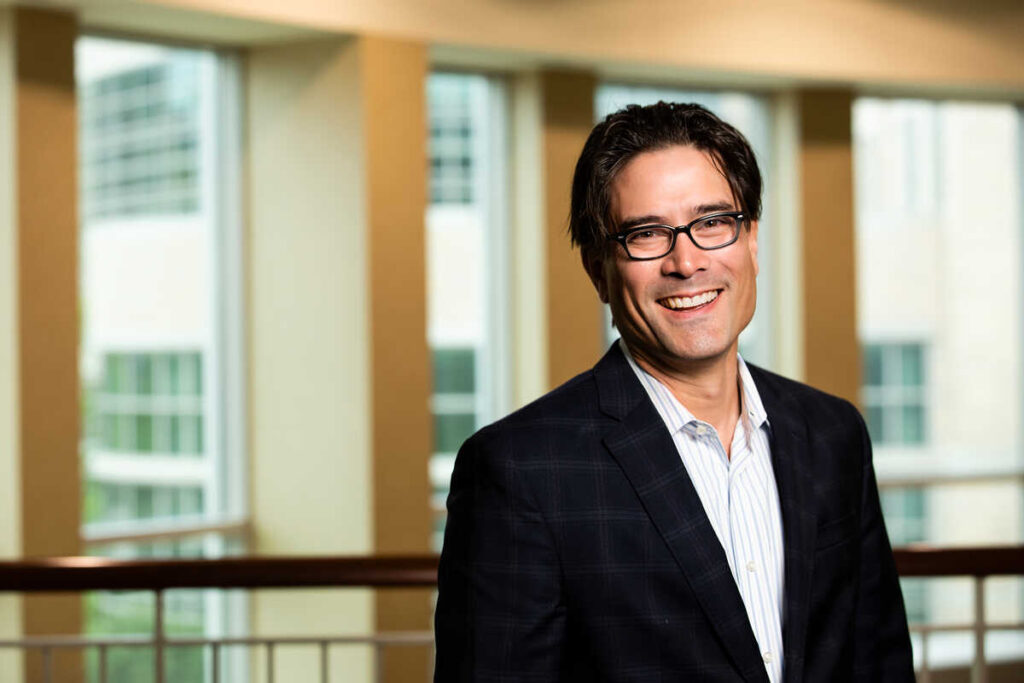Rich Rexeisen, my comrade in the London Business Semester, led me on a variant path to the London Underground on our last day in London this month. He pointed out a plaque on a home indicating that Sir Henry Cole, the founding curator of London’s Victoria and Albert Museum, had lived there.
Sir Henry is not famous, however, for the museum. It seems he was overwhelmed by the number of Christmas letters he had to write, but he refused to limit the list of those friends and family members to whom he would send these greetings of the season.
Sir Henry also wanted to bring to the attention of his correspondents the need to help the destitute at Christmas. So he asked an artist friend, John Callcott Horsley, to paint a small card, a little more than five inches by three inches. The card was divided into three panels: the center panel showed a family party in progress, beneath the words: "A Merry Christmas and a Happy New Year to You;" on the left side was a scene of the hungry being fed; and on the right side the poor being clothed. One thousand of the cards were lithographed and distributed by Sir Henry that Christmas in 1843. Horsley and Cole had created the first modern Christmas card. It all happened in our London neighborhood.
Christmas cards have become quite an operation. St. John’s Gospel refers to Christ as the Word. The Word of God. Christmas cards can make each of us a word about Him in whom we place our faith and our trust.
The effort that so many put into the writing of cards is more than a social obligation. It is an acknowledgement of the importance of others. At the other end is an individual you love and care about, and who also loves and cares about you.
Whatever you do to celebrate Christmas, remember it is an opportunity to offer ourselves as Christ has offered Himself to us.
It is amazing what you can find on the streets of London.






